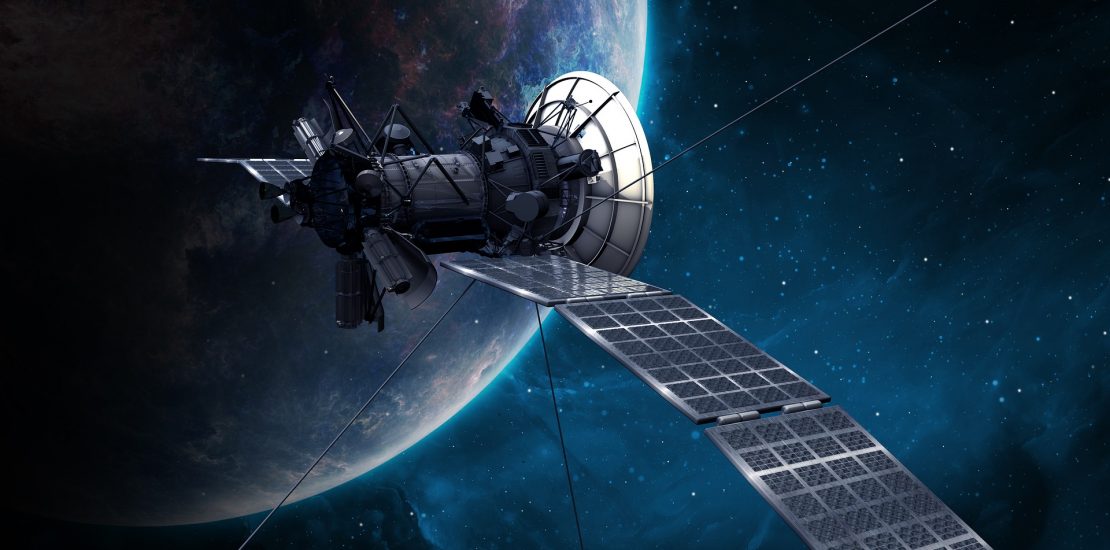- December 23, 2019
- Posted by: guyadmin
- Category: Safety, Privacy & Security

As we reported in the past, there were a lot of objections to the idea of 5G antennas. Many people were afraid of the possible implications. While the notion that 5G has hidden health risks wasn’t proved, a new surprising risk emerged. This time, the risk is regarding the weather, and our ability to predict it.
NOAA’s, the National Oceanic and Atmospheric Administration, is an American scientific agency within the United States Department of Commerce. The administration focuses on the conditions of the oceans, major waterways, and the atmosphere.
Their acting chief, Neil Jacobs, said that interference from 5G wireless phones could reduce the accuracy of forecasts by 30%. This is the equivalent to our prediction ability in 1980.
This means that coastal residents will have two or three fewer days to prepare for a hurricane. It could also lead to incorrect predictions of the storms’ final path to land.
In order to understand the problem, we need to understand the way weather prediction works. The predictions are based on data analysis. Weather satellites receive information from the atmosphere about rain, snow, etc. Each weather phenomenon works on a specific frequency band. For example, water vapor naturally emits a radio frequency of 24GHz. It’s important that this frequency is kept unpolluted by mobile telecommunications signals.
Unfortunately, in March, the FCC began auctioning off its 24-gigahertz frequency band to wireless carriers.
Jordan Gerth, a meteorologist from the University of Wisconsin-Madison, claims that 5G transmissions could easily leak into that range. He says that “It would be like noisy neighbors moving in next door”.
Brad Gillen, the Cellular Telecommunications Industry Association (CTIA) executive vice president, disagrees. He writes that the weather sensor in need of protection doesn’t exist. The sensor never went into operation and was cancelled in 2006.
Even if this particular problem will be solved, there’s probably more to come. The FCC plans more 5G auctions in the future. These radio frequency bands might include the ones used to detect rain and snow (36–37 GHz), atmospheric temperature (50.2–50.4 GHz), and clouds and ice (80–90 GHz).
